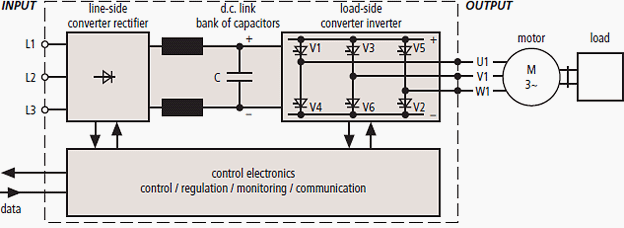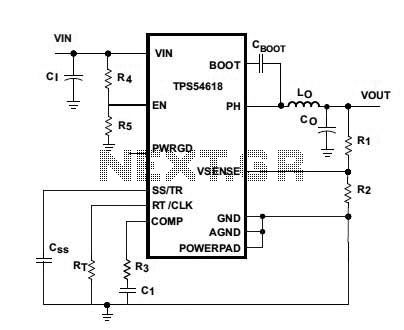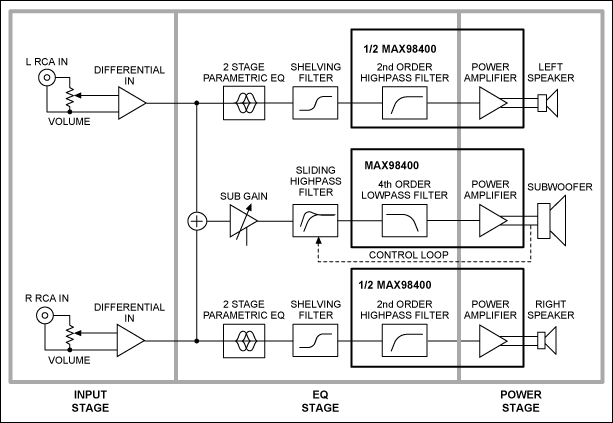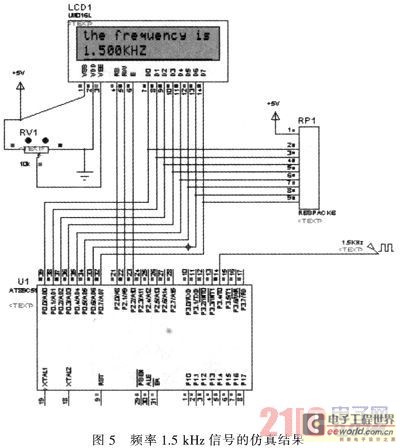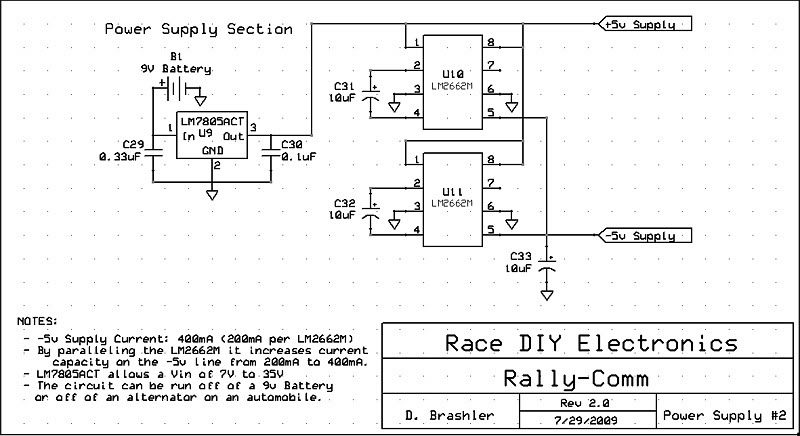
Problems with DC/DC converters in isolated H-Bridge design
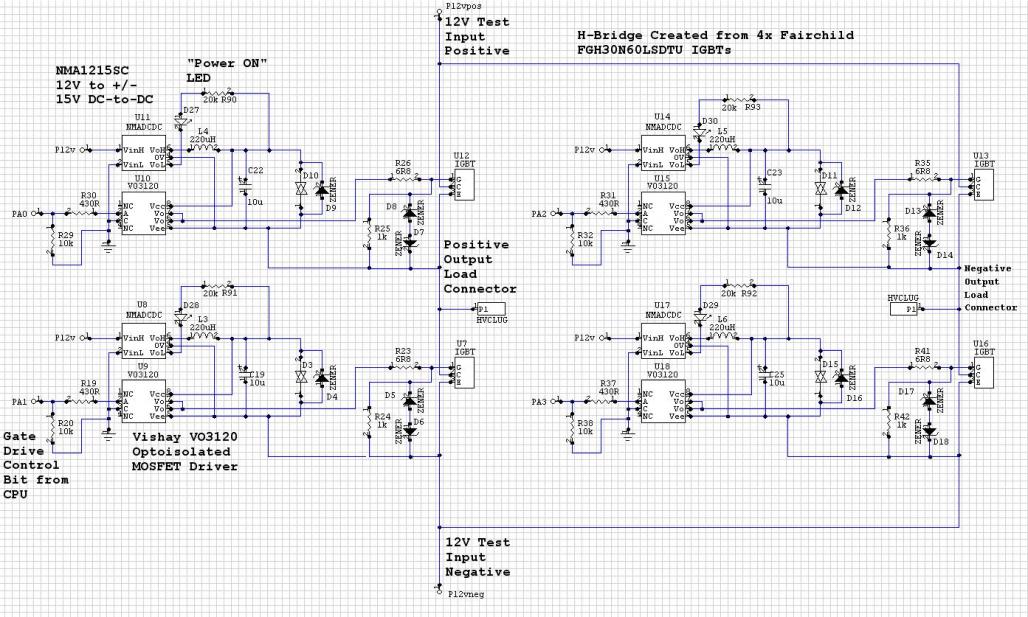
The Murata NMC1215SC DC/DC converters in a CPU-controlled H-Bridge design are experiencing repeated failures, with no obvious signs of the cause.
The Murata NMC1215SC is a step-down DC-DC converter renowned for its efficiency and compact design, making it suitable for various applications, including CPU-controlled systems. In an H-Bridge configuration, this converter is typically used to provide the necessary voltage and current to drive the motors or loads effectively.
To ensure reliable operation and prevent damage to the NMC1215SC converters, several factors should be considered. First, it is essential to verify that the input voltage does not exceed the maximum ratings of the converter. The NMC1215SC has a maximum input voltage of 36V, and exceeding this threshold can lead to catastrophic failure.
Next, attention must be given to the output load conditions. The converter can handle a maximum output current of 1.5A, and overloading it can result in overheating and eventual failure. Implementing current limiting features in the H-Bridge design can help protect the converter from excessive current draw.
Thermal management is also critical. The NMC1215SC has a specified operating temperature range, and operating outside this range can lead to performance degradation or failure. Adequate heat sinking or airflow should be provided to maintain the converter within its thermal limits.
Additionally, the layout of the PCB should be optimized to minimize parasitic inductance and resistance. Short, wide traces for power connections and proper grounding techniques can significantly improve the reliability of the converter.
Finally, it is advisable to include input and output capacitors as specified in the datasheet to filter out voltage spikes and provide stability to the converter during transient conditions. This can further enhance the robustness of the design and prevent damage to the NMC1215SC.
By addressing these considerations, the reliability of the Murata NMC1215SC DC/DC converters in the H-Bridge design can be significantly improved, reducing the likelihood of repeated failures.I am pulling my hair out since I keep destroying the Murata NMC1215SC DC/DC converters in my CPU controlled H-Bridge design. There is no obvious signs .. 🔗 External reference
The Murata NMC1215SC is a step-down DC-DC converter renowned for its efficiency and compact design, making it suitable for various applications, including CPU-controlled systems. In an H-Bridge configuration, this converter is typically used to provide the necessary voltage and current to drive the motors or loads effectively.
To ensure reliable operation and prevent damage to the NMC1215SC converters, several factors should be considered. First, it is essential to verify that the input voltage does not exceed the maximum ratings of the converter. The NMC1215SC has a maximum input voltage of 36V, and exceeding this threshold can lead to catastrophic failure.
Next, attention must be given to the output load conditions. The converter can handle a maximum output current of 1.5A, and overloading it can result in overheating and eventual failure. Implementing current limiting features in the H-Bridge design can help protect the converter from excessive current draw.
Thermal management is also critical. The NMC1215SC has a specified operating temperature range, and operating outside this range can lead to performance degradation or failure. Adequate heat sinking or airflow should be provided to maintain the converter within its thermal limits.
Additionally, the layout of the PCB should be optimized to minimize parasitic inductance and resistance. Short, wide traces for power connections and proper grounding techniques can significantly improve the reliability of the converter.
Finally, it is advisable to include input and output capacitors as specified in the datasheet to filter out voltage spikes and provide stability to the converter during transient conditions. This can further enhance the robustness of the design and prevent damage to the NMC1215SC.
By addressing these considerations, the reliability of the Murata NMC1215SC DC/DC converters in the H-Bridge design can be significantly improved, reducing the likelihood of repeated failures.I am pulling my hair out since I keep destroying the Murata NMC1215SC DC/DC converters in my CPU controlled H-Bridge design. There is no obvious signs .. 🔗 External reference
